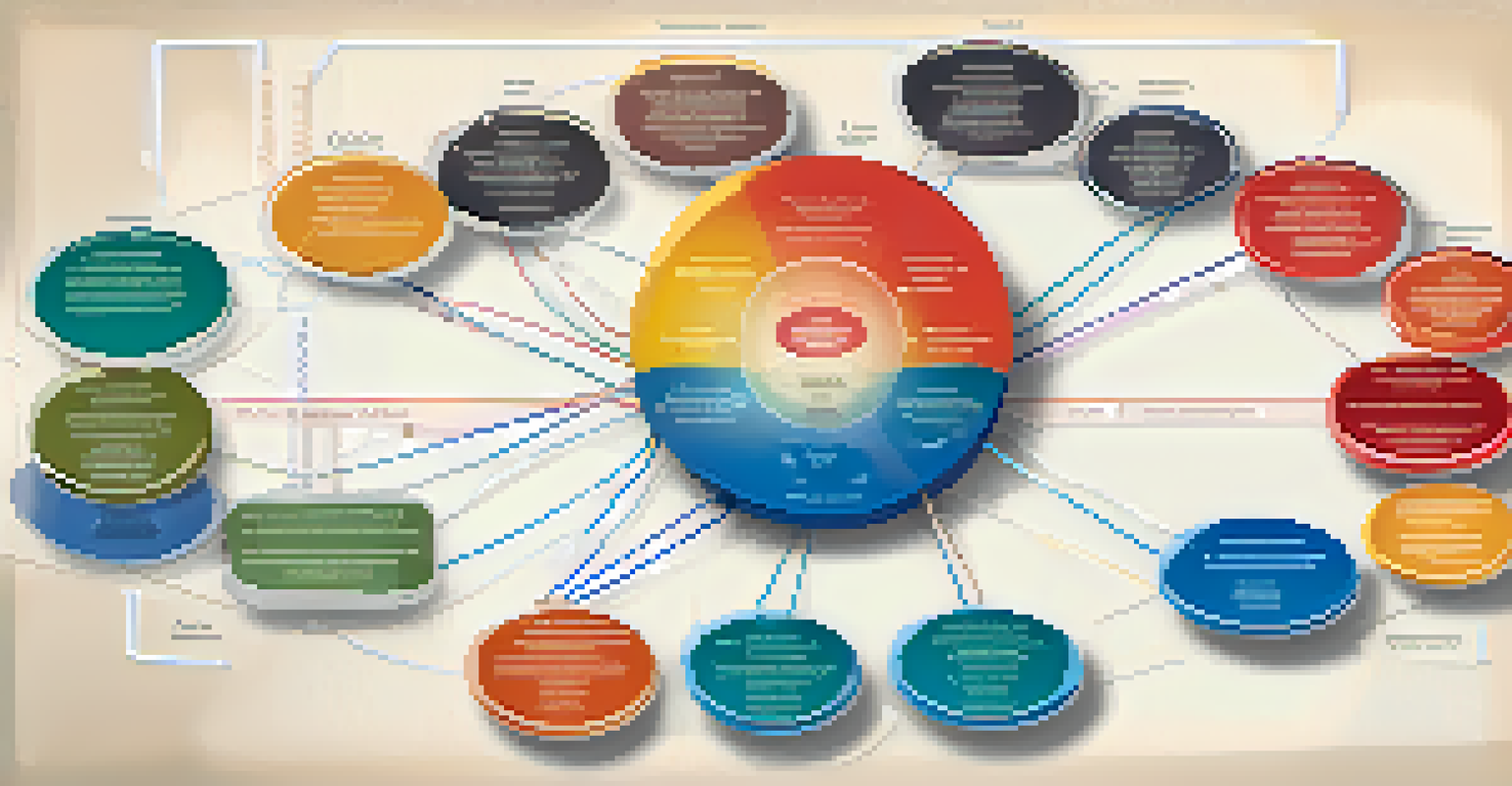The Evolution of Governance Models in NFT Projects Explained

What Are Governance Models in NFT Projects?
Governance models in NFT projects refer to the frameworks that guide decision-making processes within these communities. They determine how members can participate in discussions, vote on proposals, and influence the direction of the project. These models are crucial for ensuring that the community has a say in the development and future of the NFT, creating a sense of ownership among holders.
The only way to make sense out of change is to plunge into it, move with it, and join the dance.
In the early days of NFTs, governance was often informal, relying heavily on social media discussions and the influence of prominent figures in the space. However, as the NFT ecosystem has matured, there has been a growing need for structured governance. This evolution is a response to the complexities and challenges that arise as projects grow and require more organized decision-making.
Understanding governance models is vital for anyone looking to engage with NFT projects. Whether you're a creator, collector, or investor, knowing how a project is governed can help you make informed decisions and gauge the sustainability of the community.
The Emergence of Decentralized Autonomous Organizations (DAOs)
Decentralized Autonomous Organizations (DAOs) have emerged as a popular governance model in the NFT space. DAOs utilize smart contracts on the blockchain to facilitate decision-making without a centralized authority. This means that all members can propose changes and vote on them, leading to a democratic process that many find appealing.

One of the most compelling aspects of DAOs is their ability to foster community engagement. For instance, projects like Constitution DAO have shown how collective action can rally individuals around a shared goal. Members feel empowered because they have direct influence over the project's future, contrasting sharply with traditional models where decisions are made by a select few.
Governance Models Shape NFT Projects
Governance models provide frameworks that guide community participation and decision-making within NFT projects.
However, DAOs are not without their challenges. Issues such as voter apathy and low participation rates can hinder effective governance. As projects continue to explore this model, finding ways to encourage active participation remains a key focus.
Traditional vs. Modern Governance Approaches
Traditional governance models in NFT projects often resemble those found in corporate structures, with a clear hierarchy and decision-making authority concentrated among founders or a small group of stakeholders. This approach can lead to swift decision-making but may alienate the broader community, leaving many members feeling disconnected.
Democracy is not a static thing. It is a living thing. It must be nourished with the knowledge and participation of the people.
In contrast, modern governance models, particularly those involving DAOs, prioritize community involvement and shared decision-making. This shift reflects a broader trend in the tech world toward decentralization, where power is distributed rather than concentrated. Projects that adopt these modern models often see increased loyalty and engagement from their communities.
The tension between traditional and modern approaches highlights an ongoing debate in the NFT space. As projects evolve, they must carefully consider which governance model aligns best with their values and goals, balancing efficiency with inclusivity.
Token-Based Governance: A New Frontier
Token-based governance has gained traction in the NFT realm, where ownership of governance tokens grants holders voting rights on key project decisions. This model incentivizes participation because the more tokens one holds, the more influence they wield. This creates an environment where financial investment is directly linked to governance power.
Projects like Uniswap and Aave have successfully implemented token-based governance, showcasing how this model can empower communities to shape their platforms. As NFT projects adopt similar frameworks, they offer a way for users to have a direct stake in the project's direction and success. This can lead to a more engaged and invested community.
DAOs Foster Community Engagement
Decentralized Autonomous Organizations (DAOs) enable democratic decision-making, empowering members to influence project direction.
However, token-based governance can also lead to concerns over centralization, where wealthy holders may disproportionately influence decisions. Balancing power dynamics within this framework is crucial for maintaining fairness and ensuring that all voices are heard.
Hybrid Governance Models: Blending Approaches
Hybrid governance models combine elements of both traditional and modern approaches, aiming to create a balanced decision-making framework. These models might incorporate aspects of centralized authority while still allowing community input through voting or feedback mechanisms. This hybrid approach can cater to the needs of various stakeholders within a project.
For example, a project might have a core team that makes day-to-day decisions but also holds regular community votes on significant changes or initiatives. This allows for agile management while still engaging the community in meaningful ways. It’s a practical solution that acknowledges the complexities of governance in a rapidly evolving landscape.
As the NFT space matures, hybrid models may become increasingly popular, as they offer flexibility and adaptability. Finding the right balance between centralized control and community involvement will be essential for fostering trust and collaboration.
Challenges of Governance in NFT Projects
Despite the innovative governance models emerging in NFT projects, several challenges persist. One major issue is the potential for governance fatigue, where members become overwhelmed by frequent voting or proposal discussions. This can lead to disengagement and a decline in participation, ultimately undermining the project's intended democratic ethos.
Additionally, ensuring equitable access to governance remains a challenge. Not all community members may have the same level of understanding or ability to participate effectively, which can skew decision-making. Projects need to consider educational initiatives to empower all members to contribute meaningfully.
Challenges in NFT Governance Persist
NFT projects face challenges like governance fatigue and equitable access, which can hinder effective community participation.
Lastly, effective dispute resolution is often lacking in many governance frameworks. As conflicts arise within communities, having clear processes for addressing disagreements is crucial for maintaining harmony and ensuring that diverse opinions are respected.
The Future of Governance in NFT Projects
Looking ahead, the future of governance in NFT projects is likely to be shaped by continued experimentation and refinement. As more projects explore innovative governance structures, we can expect to see a variety of models emerge, each tailored to the unique needs of their communities. This diversity can lead to richer and more resilient ecosystems.
Moreover, as regulatory scrutiny on cryptocurrencies and NFTs increases, governance models may need to adapt to comply with new laws and guidelines. This could lead to more formalized structures, blending traditional governance practices with the innovative spirit of the NFT space.

Ultimately, the evolution of governance in NFT projects will depend on community values and aspirations. Engaging all stakeholders in the conversation will be essential for crafting governance models that are not only effective but also reflective of the diverse voices within the community.